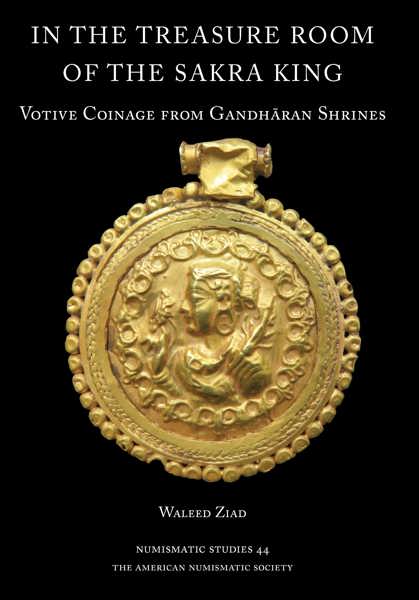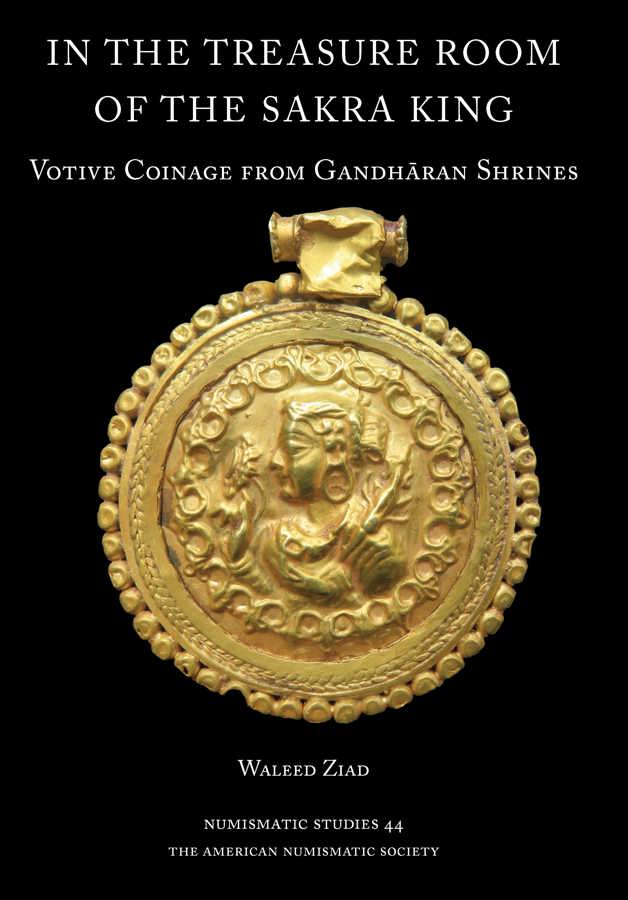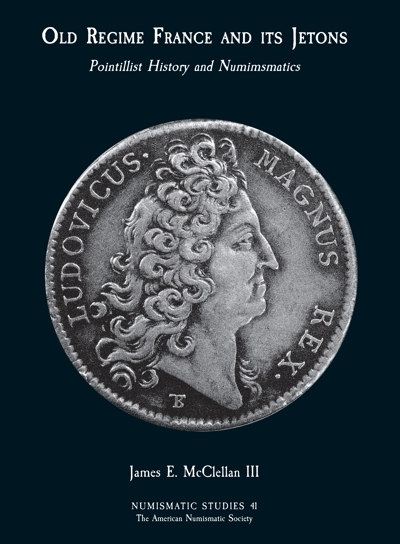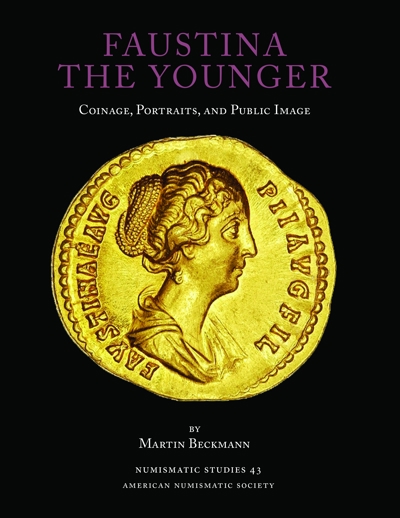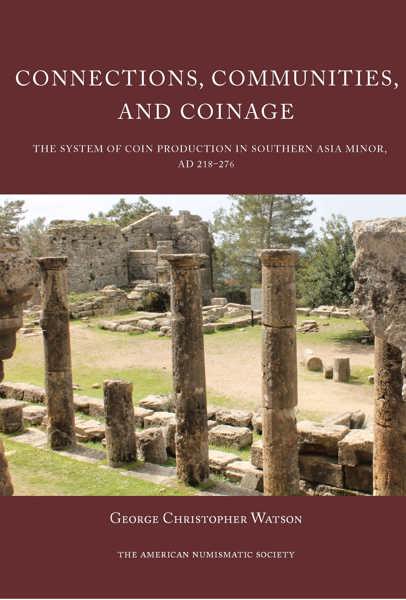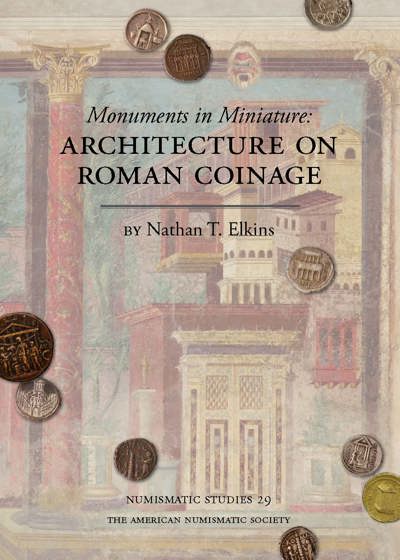
In the Treasure Room of the Sakra King: Votive Coinage from Gandhāran Shrines
Waleed Ziad
- Pages: 240 p.
- Size:216 x 280 mm
- Illustrations:200 b/w
- Language(s):English
- Publication Year:2022
- € 153,00 EXCL. VAT RETAIL PRICE
- ISBN: 978-0-89722-367-6
- Hardback
- Available
Waleed Ziad is Assistant Professor and Ali Jarrahi Fellow in Persian Studies in the Department of Religious Studies at the University of North Carolina at Chapel Hill. Formerly a Research Fellow at the Abdallah S. Kamel Center for the Study of Islamic Law and Civilization at Yale Law School, Ziad has conducted fieldwork in over 120 towns across Afghanistan, Uzbekistan, and Pakistan. His books include Hidden Caliphate: Sufi Saints beyond the Oxus and Indus (Harvard University Press, 2021) and Beyond Khutba and Sikka: Sovereignty and Coinage in Sindh, 1300–1700 (forthcoming). He received his BA, MA/MPhil, and PhD from Yale University, where his dissertation was awarded the university-wide Theron Rockwell Field Prize, one of the two most prestigious Yale dissertation awards across disciplines.
In a lush valley within the Sakra peak in Gandhara (northwestern Pakistan) is a vast limestone cave temple, part of an ancient Hindu sacred complex. For over 700 years, this cluster of shrines minted hundreds of varieties of their own votive coinage – a unique case in Central and South Asia. These were minuscule copper coins, issued for pilgrims, featuring eclectic and original combinations of Greco-Roman, Iranian, Indic, and Islamic iconography. This book examines the native Sakra copper coinage issued from circa 550 to 1100, corresponding to the Nezak, Turk Shahi, Hindu Shahi, and Ghaznavid dynasties. These coins provide a window into what may have been an ecclesiastical administration exercising varying degrees of autonomy throughout its lifetime. They practically blur boundaries between vernacular folk art and monetary instruments serving political or confessional agendas.
The book relates both the remarkable story of these coins and the sacred sites, and introduces the obscured history of the most neglected yet formative 500 years of Pakistan and Afghanistan’s history. It also offers new paradigms for conceptualizing local currency, the making of religious imagery, and the process of transculturation. Importantly, the Sakra coins issued under Ghaznavid rule overturn popular misconceptions about early Hindu-Muslim encounters, suggesting instead that the Ghaznavids pursued a flexible, negotiated policy with regard to Hindu sacred sites.
Introduction
Chapter 1: The Nezak Shahis of Kapisa-Gandhāra (ca. late sixth century–667)
Chapter 2: The Turk Shahis of Kapisa-Gandhāra (ca. 667–880)
Chapter 3: The Hindu Shahis of Kabul and Gandhāra (ca. 880–1062)Chapter 4: The Ghaznavids in Gandhāra
Bibliography
Appendix: Dynastic Chronologies by Region
